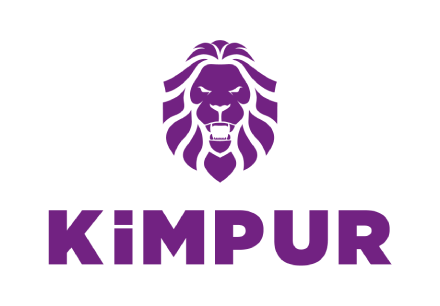Polyurethane General Information
Polyurethanes are POLYMERS which are made from chains of molecular units, linked by urethane groups which essentially are different from most of the other plastic types.
Polyurethanes -PUR as in terminology- is the end product of addition polymerization through urethane links between alcohol (-OH) and isocyanate (NCO) groups.
Polyurethane products have many uses. Over three quarters of the global consumption of polyurethane products is in the form of foams, with flexible and rigid types being roughly equal in market size. In both cases, the foam is usually behind other materials: flexible foams are behind upholstery fabrics in commercial and domestic furniture; rigid foams are inside the metal and plastic walls of most refrigerators and freezers, or behind paper, metals and other surface materials in the case of thermal insulation panels in the construction sector. Its use in garments is growing: for example, in lining the cups of brassieres. Polyurethane is also used for moldings which include door frames, columns, balusters, window headers, pediments, medallions and rosettes.
Polyurethane formulations cover an extremely wide range of stiffness, hardness, and densities.
These materials include:
• Low-density flexible foam used in upholstery, bedding, automotive and truck seating, and novel inorganic plant substrates for roof or wall gardens
• Low density elastomers used in footwear • Hard solid plastics used as electronic instrument bezels and structural parts
• Flexible plastics used as straps and bands
• Cast and injection molded components for various markets — i.e., agriculture, military, automotive, industrial, etc.
The polyurethane foam is formed by mixing 5 raw materials.
These 5 raw materials are;
• Polyol
• Diisocyanate
• Inflator agent
• Catalysis
• Silicone surfactant
PUR Foam:
• Polyether based polyurethane foams: They have strong hydrolysis resistance and are compatible with the additives to be added to the formulation. However, fire resistance and mechanical properties are low.
• Polyester based polyurethane foams: Polyurethane based polyurethane foams which are developed as alternatives to polyether polyol based polyurethane foams provide much better fire resistance and thermal stability. The dusting rates are low and they do not have a fragile structure. The expansion due to the heat effect contributes to the harmonization of the final product.
PRODUCT GROUPS
• Footwear Systems
• Rigid Systems
• Flexible Systems
• Prepolymers
• Polyester Polyols
• Thermoplastic Polyurethanes
Kimteks Polyurethane (Kimpur) is the first polyurethane system manufacturer in Turkey and has a leading portfolio of polyurethane systems for soles and slippers, HR foams, viscoelastic foams and integral foams, a wide range of multifunctional polyols, specialty prepolymers and modified MDIs, and new generation rigid systems offering environment and health benefits in white appliances and construction insulation.

